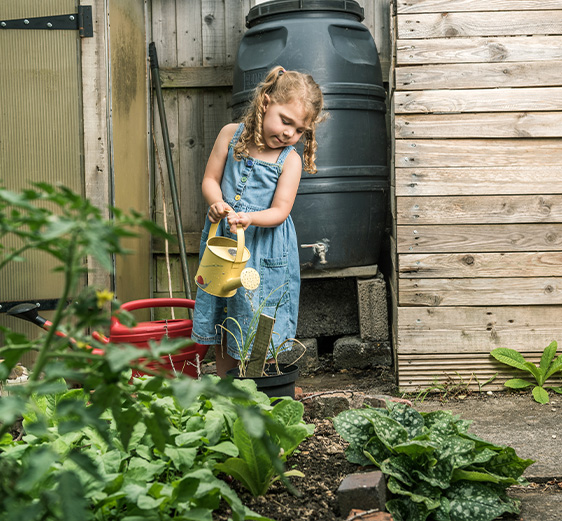- Home
- Our purpose
- Water supply
- Water resources
Latest water resources update
November 2025 update
Rainfall:
The Wessex region received 138mm of rainfall in November, which is 129% of the month long-term average. Overall, the rain received in the last six months (June to November) has been 96% of the long-term average.
Reservoirs:
Our surface reservoirs are below average for the time of year. At the end of November storage was 73% of total capacity.
Groundwater:
Groundwater levels at our monitoring sites are below average for November.
Rivers and streams:
River flows are monitored on a daily basis to ensure stream supports are switched on as the appropriate flow triggers are reached. Stream supports are helping to improve river flows in the following locations (as of 02/12/2025):
- Chitterne (5.0 Ml/d into Chitterne Brook, Wiltshire)
- Kingston Deverill (10.0 Ml/d into River Wylye, Wiltshire)
- Morningwell (0.9 Ml/d into River Piddle, Dorset)
- Mere (1.1 Ml/d into Shreen Water, Wiltshire)
- Porton (1.5 Ml/d into River Bourne, Wiltshire)
- Watergates (9.9 Ml/d into Tadnoll Brook, Dorset)
Helping customers to use water wisely
Water is a precious but finite resource. The more water we use, the more water we have to abstract from the environment and treat. We must leave as much water as possible in the environment, particularly during dry weather and droughts.
We are committed to helping customers to reduce their water use. We offer free water efficiency devices to our customers and also provide useful tips on how to reduce water use both in the home and garden. Using water wisely can reduce customers' utility bills and help their local environment.

Types of water sources
Around 97% of the water on Earth is salt water and the remaining 3% is freshwater. While all kinds of water resources are important for the survival of the planet, accessible freshwater is especially important for humans.
These are our main freshwater sources:
Rainfall:
Rainwater is a relatively clean water source, but it can become contaminated once it hits the ground, which is why we treat it before supplying it to customers. Rainwater harvesting also plays an important role in reducing pressure on the water network.
Reservoirs:
Reservoirs are constructed lakes or bodies of water designed to store rainwater before it is transported to water treatment centres. Once cleaned, this water is then supplied to homes and businesses.
Groundwater:
Groundwater can be found beneath the Earth’s surface in the cracks and spaces between soil, sand and rock. We use boreholes, which have been sunk up to 120 meters underground, to pump this water to the surface.
Rivers and streams:
Rivers and streams provide many benefits to humans and are important habitats for plants and animals. They also carry water, organisms, gases and nutrients to areas that need them, as well as draining nearly 75% of the Earth's land surface.
Regional water resources
We are working with other water companies to safeguard the region’s water supplies and environment.
We are a founder member of West Country Water and Environment (WCWE), which was set up in 2017 to tackle the challenge of finding new sources of water in the region to meet the growing demand from customers, communities and businesses.
WCWE is a collaboration of water companies, regulators and stakeholders who share a mission to achieve a coordinated approach to water resources planning in the West Country.
The development of a regional water resources plan for the West Country has led to the creation of three flagship projects.
Find out more about the work of WCWE and its flagship projects
Water Resources Management Plan
Our Water Resources Management Plan sets out how, over a minimum of 25 years, we will balance water supplies with water demands to ensure adequate supply for our customers, while also protecting the environment.
